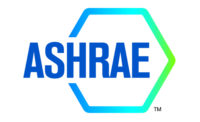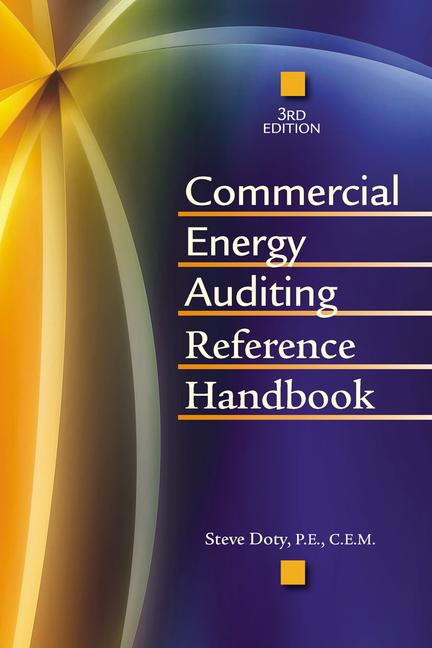The future of the Kyoto Protocol is in doubt, according to Bernhardt. Several bargaining groups are at odds over the terms of the agreement. These include the Umbrella Group, of which the United States is a part; the European Union; the Alliance of Small Island States; G77 and China Sub; and OPEC. Specific points of contention include the use and limit of carbon sinks, market mechanisms, and funding. The Umbrella Group is on the opposite end of the spectrum from the other groups, including OPEC, which demands payments from lost oil profits if the Kyoto Protocol is ratified, Bernhardt said.
At a recent conference at The Hague, the differences grew due to a growing distrust of the United States by the other negotiating bodies. “The European media blamed the United States [for the lack of progress],” said Bernhardt. One other problem developed as it became apparent that the European Union was unable to negotiate as an aligned body.
In May, another meeting will be held in Bonn, Germany. However, since President Bush is not committed to climate change, this meeting is in doubt, Bernhardt said. Also, the European Union will come under new leadership. Bernhardt continues to believe that climate change is important issue for everyone on earth. “This issue won’t go away,” he said.
In 1992, Congress established energy conservation standards for commercial products as part of the Energy Policy Act of 1992 (EPACT), said Nasseri. EPACT expanded coverage of the Energy Policy and Conservation Act of 1975 to include commercial building heating and air conditioning equipment, water heaters, certain incandescent and fluorescent lamps, distribution transformers, and electric motors as well as maximum water flow rate requirements for certain plumbing products.
According to Nasseri, 18 standards on such products as commercial heating, air conditioning, and water heating equipment received final ruling in January 2001 and will take effect in 2004. Specific benefits for these products include savings in energy, cost, and greenhouse gas emissions.
The energy conservation program is comprised of test procedures, labeling, and mandatory energy conservation standards. The goal, said Nasseri, is for the Department of Energy to take the lead in developing and instigating building energy efficiency codes, standards, and guidelines. This includes working to eradicate inefficient practices and technology.
According to Shearer, the federal government consumes 2% of the nation’s electricity and spends $8 billion a year on energy for 500,000 buildings. Of this total, $3.4 billion is spend on federal buildings and facilities. The Federal Energy Management Program (FEMP) was created to reduce the cost of government by advancing energy efficiency and water conservation, promoting the use of renewable energy, and managing utilities at federal sites.
A few goals that were signed into executive order include reducing energy consumption in federal buildings by 30% in 2005 and 35% in 2010, and reducing greenhouse gas emissions by 30% by 2010. This issue is the most vulnerable of all the goals, Shearer said, because Bush is not convinced there is a greenhouse gas problem. “This is a bipartisan issue,” she said.
So far the program has been working well with the government reducing energy consumption by 21% and spending $2 billion less.
There are several different ways the government is using to reduce its energy bill. These include alternative financing programs, technical assistance programs, and procuring energy efficient products through the use of the Energy Star and FEMP-recommended products.
The ban on HCFC production is scheduled worldwide by 2030, said Au. The Montreal Protocol, the Copenhagen Meeting in 1992, and the Beijing Meeting established production caps and HCFC trade allowances. In the U.S., HCFC-1416 will be banned by 2003, and HCFC-22 and HCFC-142b will be banned by 2010.
Au reports that in the U.S. plans are underway to ensure that the country complies with the production cap while providing “certainly and flexibility to allowance holders” as well as ensure that a system is in place for the first phaseout step in 2003. For complete information on the allowance program, visit www.epa.gov/ozone/title6/phaseout/.






